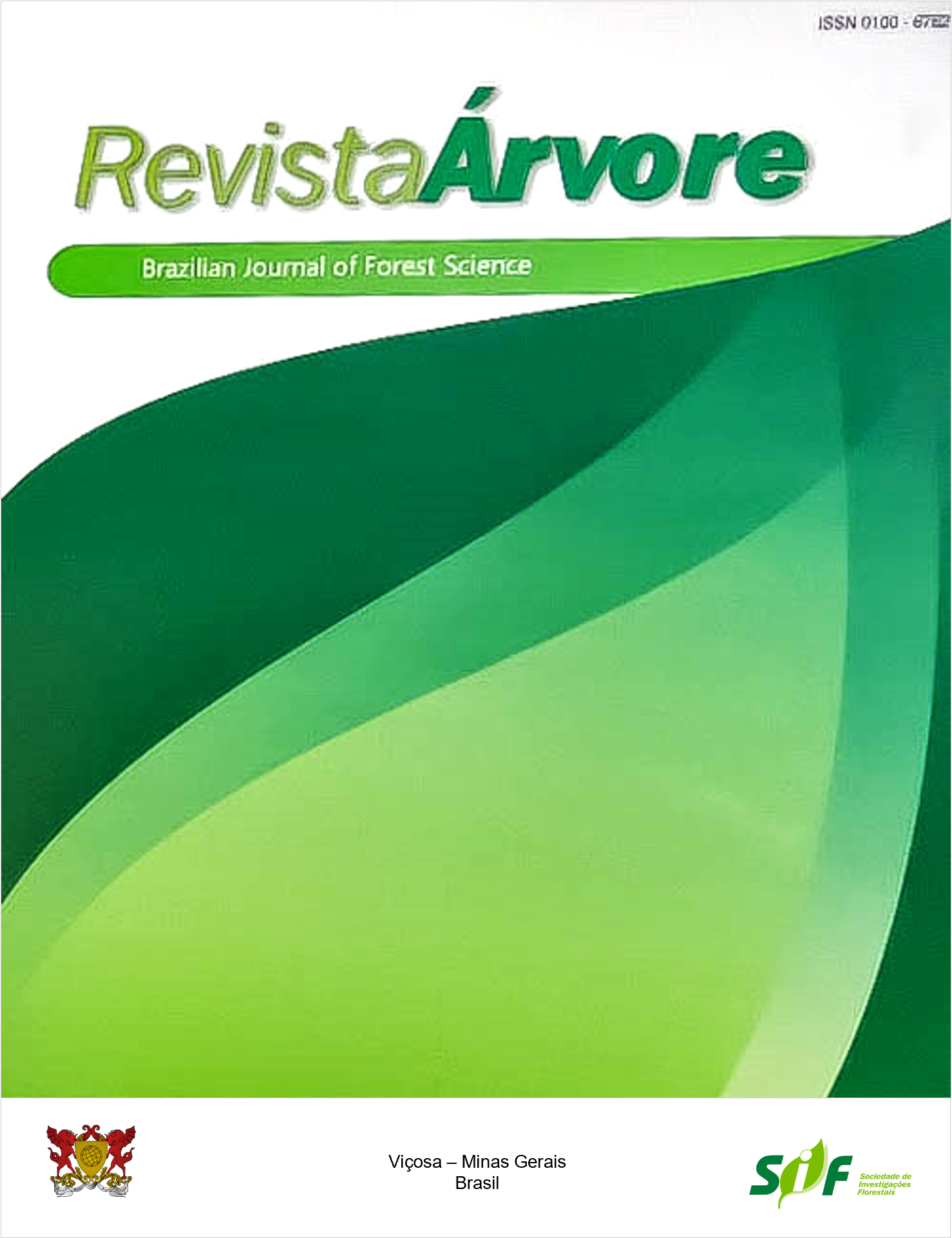Eucalyptus PLANTATION BENEFITS TO PATCH SIZE AND SHAPE OF FORESTED AREAS IN SOUTHEAST ATLANTIC FOREST
Keywords:
Connectivity, Silviculture, Tropical forestAbstract
The adoption of mixed plantation systems (exotic and native species) is viable and represents an important alternative in the context of forest and landscape restoration. This study evaluated whether Eucalyptus cultivation is associated with changes in native forest cover and fragment connectivity in the region from 1987 to 2017. The study region (Southeast Atlantic Forest) has been undergoing a forest transition process. Based on land use/land cover maps obtained from satellite images and a pair-wise comparison, it was detected that the dynamics in one land cover were not necessarily associated with the other one. It was verified an increase in Eucalyptus cover since 2007, possibly related to the New Forest Code that allows the use of exotic species in reforestation, provided it does not exceed 50% of the total area. An increase in the native vegetation cover was also observed, highlighting the importance of restoration actions and national regulations. In addition, forest patches were larger and less complex with Eucalyptus presence, indicating that this land cover is potentially beneficial for the landscape connectivity.
Keywords: Connectivity; Silviculture; Tropical forest
Downloads
Published
How to Cite
Issue
Section
License
Copyright (c) 2022 Revista Árvore

This work is licensed under a Creative Commons Attribution 4.0 International License.
All authors agreed to submit the work to Revista Árvore and granted the exclusive license to publish the article. The authors affirm that it is an original work and has not been previously published elsewhere. The scientific content and opinions expressed in the article are the sole responsibility of the authors and reflect their opinions, not necessarily representing the opinions of the editorial board of Revista Árvore or of the Society of Forest Investigations (SIF).




